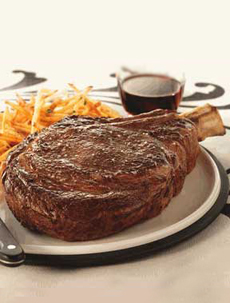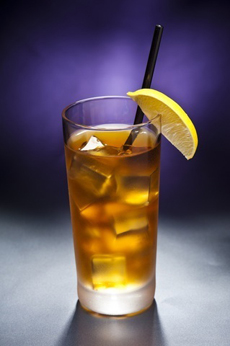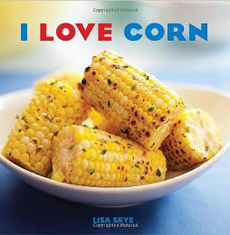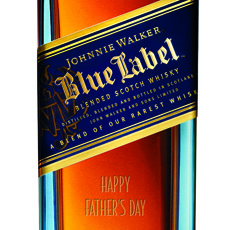|
Yesterday we introduced dessert verrines, dishes layered in small glasses. They can be either sweet or savory; the goal is to create a visually-stunning and sophisticated small bite.
Today, we take on savory verrines, popular as appetizers or cocktail food. You can also serve them as sides with a main course.
Think of three to five foods you enjoy together, then layer them in a glass.
We especially like to turn leftovers into savory verrines. They hardly seem like leftovers when they’re placed in such glamorous surroundings.
SAVORY INGREDIENTS CHECKLIST
Here’s a beginning list; you’ll no doubt have more to add.
Beef & Lamb: The best option is cooked ground meat (crumble leftover burgers) or tartare. If you can chop steaks or other cuts thinly enough to be easily chewed, go for it.
Cheese, Crumbled Or Grated: Blue cheese, Cheddar, goat cheese, any Italian grating cheese, anything that can be crumbled or grated
|
|

How to get people to eat their veggies: top
mashed cauliflower and curried carrots with
Greek yogurt or sour cream. Verrine glass
from Starfrit. |
|
Custards: Make soft custard flavored with basil, dill, fennel or mixed herbs
Dairy (For Layers Or Topping): Crème fraîche, fromage blanc, fromage frais, Greek yogurt or sour cream, plain or flavored with herbs: basil, chives, dill, fennel, garlic or mixed herbs
Dried Fruit: Dried blueberries, cherries, cranberries, raisins or chopped larger fruits such as apricots and plums (fruits pair well with meat and poultry)
|
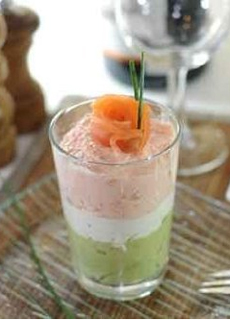
One of our favorite combinations:
Guacamole, sour cream and salmon mousse,
topped with smoked salmon. Photo courtesy
Wallmonkey. |
|
Fresh Fruit: Apples, pears or stone fruits, raw, poached or sautéed
Fish & Seafood: Ceviche, salmon and smoked salmon, salmon or tuna tartare, shellfish, any sashimi ingredient (chopped)
Mousse: Fish, seafood, chicken liver
Soups: Instead of making custard (or in addition to it), you can create a layer from cream soup concentrate (we’ve used cream of asparagus, celery, mushroom and tomato soups—add some herbs for complexity)
Vegetable Salad: Chopped, sliced or shredded cucumbers, radishes and/or tomatoes, tossed in vinagrette (you can add lentils or grains, from couscous to quinoa
Vegetable Purée: Anything from broccoli, cauliflower and carrots to mashed sweet potatoes
Wild Card: Beets, beans and legumes (including chickpeas, edamame, lentils and peas), corn, chopped olives, flavored rice or other grain, minced jalapeño, salsa
To top it off, you can use one or more garnishes:
|
GARNISHES
Bread: Breadstick, crumbled rice crackers, croutons, panko, seasoned bread crumbs
Chopped Nuts: Almonds, macadamias, pecans, pistachios, walnuts
Colorful Spices: Crushed red pepper, dill seed, flavored sea salt, fresh-cracked pepper, toasted sesame seeds, tricolor peppercorns, turmeric
Herbs: Basil, chives, dill, thyme; also, chopped scallions
Freeze-Dried Vegetables: Corn, edamame, peas, mixed veggies
Microgreens: Sprouts or other microgreens, celery leaves or fennel leaves
Pickled Vegetables: Baby beets, capers or caperberries, cucumbers, dilly beans, jalapeño, etc. (how to pickle)
Seafood: Caviar and roe, boiled shrimp, octopus tentacle, raw baby scallop
Seeds: chia seeds, pumpkin seeds (pepita), poppy seeds, sunflower seeds or a mix
Spices: Cardamom, curry, dill seed, ginger, fennel seed, toasted/roasted garlic, sesame seed
Toppings: Crème fraîche, Greek yogurt, sour cream, savory whipped cream (add a bit of salt and pepper or some whiskey instead of sugar and vanilla)
Vertical: A vertical element adds even more panache: asparagus spear, breadstick, dilly bean, rosemary sprig; basil or spinach leaf, etc.
VERRINE COOKBOOKS
If you read French, there’s a larger selection. Here’s what we found in English, but we expect to see more as publishers catch up with the trend”
Verrines: Sweet and Savory Parfaits Made Easy [Kindle Edition]
Terrines and Verrines
|
|
